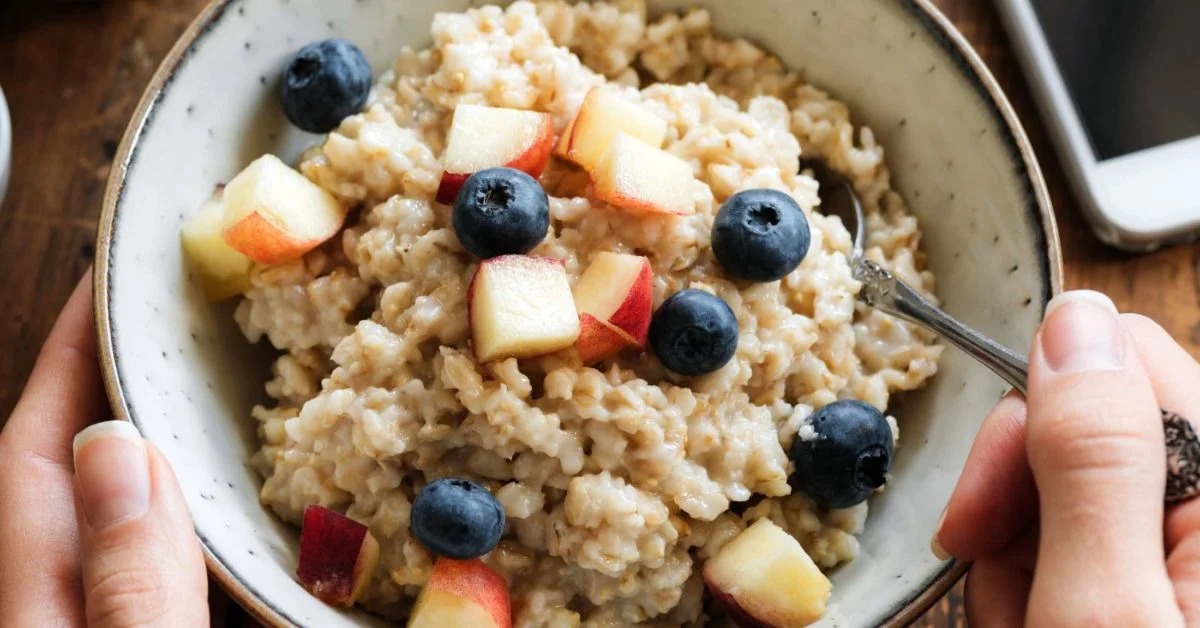Oatmeal is one of the most consumed cereals in the world, as its nutritional contribution is varied and very complete. And although the importance of this food is indisputable, not everyone can consume it. Many people on a gluten-free diet cut it out of their diet, but the question of whether oats contain gluten is complex.

Therefore, if you are celiac or are curious about the subject, we want to answer one of the most common questions and explain why some people are intolerant to oats. Keep reading!
What is gluten
Gluten is the name given to a set of proteins contained in cereals, which are called albumin, globulin, polyamines and gluten ins. specifically; protamine contain two amino acids called praline and glutamine that are considered to be the main cause of celiac disease.
So far, it has been proven that the only toxic polyamines for celiac people are glia din from wheat, sealing from rye and horde in from barley. However, the protamine of other cereals that until now are considered safe for celiac patients is still being studied: origin from rice, kiering from sorghum, seen from corn and evening from oats.
All cereals have gluten, but some have low levels that can be consumed by celiac patients, such as oats and rice. Despite this, oats used to be classified in the group of toxic cereals, although many current investigations consider it suitable for a certain level of gluten intolerance.
Finally, it is important to note that what we know as “gluten-free diets” are not, since if they include cereals, there is always the presence of protamine. However, the Codex Aliment Arius accepts certain foods with small amounts of gluten as they are considered harmless for celiac patients. Many countries rely on this code to produce gluten-free or TACC-free foods.
Tip: No TACC means: no wheat, no oats, no barley and no rye.
Is oatmeal suitable for celiac?
Much is discussed about whether or not oats should be part of a gluten-free diet. However, there are more pros than cons.
For example, it is important to highlight that by removing gluten from the diet, the body of celiac patient’s returns to normal, but also loses an important nutritional contribution. For that reason, if a gluten-intolerant person can digest oats, it’s a good idea to include them in their diet to compensate. Of course, the amount of oatmeal must be set by a doctor.
As we said before, oats contain gluten, but this does not mean that they are not suitable for many celiac. Let’s see why there are cases in which a celiac can eat oatmeal and why there are others in which he cannot:
- It contains very little gluten. Oats have very low levels of pralines, which mean that this food, along with rice, contains the least amount of gluten compared to other cereals. Therefore, oats can be consumed by celiac who do not have high levels of intolerance to gluten.
- It has a molecular structure very similar to wheat. This could be the cause of unfavorable reactions in sensitive celiac patients. Although oats do not affect many celiac, it can affect the most sensitive, since their organisms are highly intolerant and confuse the molecular structure of oats with that of wheat. This is called cross reaction(this also happens with milk and corn).
- The oats have had contact with wheat or other toxic cereals for celiac and are contaminated. This is called cross-contamination and it happens when the product, during its production or distribution, became contaminated with gluten (be it wheat, barley, etc.). In this case, oatmeal is not suitable for any celiac.
Tip: Among celiac, there are different levels of intolerance to gluten.
Is there gluten-free oatmeal?
Inevitably and due to its composition, oats contain evening. Fortunately, many celiac are able to process it, but this does not mean that they should lower their guard.
As we said before, oats can be cross-contaminated at some point in their production chain, so if you want to enjoy gluten-free oats that are harmful for celiac sufferers, you should make sure that the packaging specifies that the product does not contain gluten. These types of products have been made with safety standards that guarantee that there is no cross-contamination and, therefore, they are safe to eat. It is important that you look for the official certifications of your country.
Properties and benefits of oats
Oatmeal is a whole grain cereal. Its grains are characterized by maintaining the three parts that compose it (germ, endosperm and bran). According to the Spanish Nutrition Foundation (FEN), oats are a very complete food, capable of providing a wide variety of essential nutrients for life:
- It contains compounds such as complex carbohydrates, fiber, unsaturated fats (healthy fats) and proteins (6 of the 8 amino acids, essential for health and life).
- Micronutrients such as potassium, iron, magnesium, zinc, phosphorus, copper, selenium, group B vitamins (B1, B5, B6), vitamin E.
- Bioactive components: phenolic acids, flavonoids and phytosterols. It also has two unique phytochemicals, called avenanthramides and steroidal sapiens.
- It provides 361 calories in every 100 grams.
Of course, all its nutrients are transformed into various properties that benefit the body. Learn about the benefits of oatmeal:
- Helps control blood glucose, thanks to the fiber and magnesium present in oats.
- Regulates cholesterol and triglycerides. Beta-gleans increase the production of short-chain acids, which lowers cholesterol levels in the blood.
- Produces a feeling of satiety. It curbs your appetite, preventing you from snacking on unhealthy, high-calorie foods, as fiber expands in your stomach and fills you up.
- It is ideal for feeding athletes. Oatmeal improves sports performance, as it contains vitamins B5 and B1, essential in the metabolism of carbohydrates. In addition, it provides minerals, proteins, healthy fats, among others.
- It favors weight loss and fights obesity. Due to all the factors mentioned above, oatmeal is slimming and is related to the decrease in body weight and the Body Mass Index (BMI).
Gluten-free oatmeal recipes
Oatmeal is a versatile food and goes a long way, not only for its nutritional value, but also for its contributions in the kitchen. Oatmeal can be in both sweet and savory dishes. In addition, it can be part of breakfast, lunch or dinner. It is used to coat food, thicken, be used as flour, etc.
In short, this cereal gives a lot of play in the kitchen, for this reason we have selected a group of delicious and easy recipes for you so that you can make the most of its properties.



